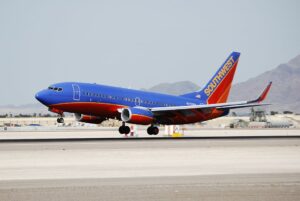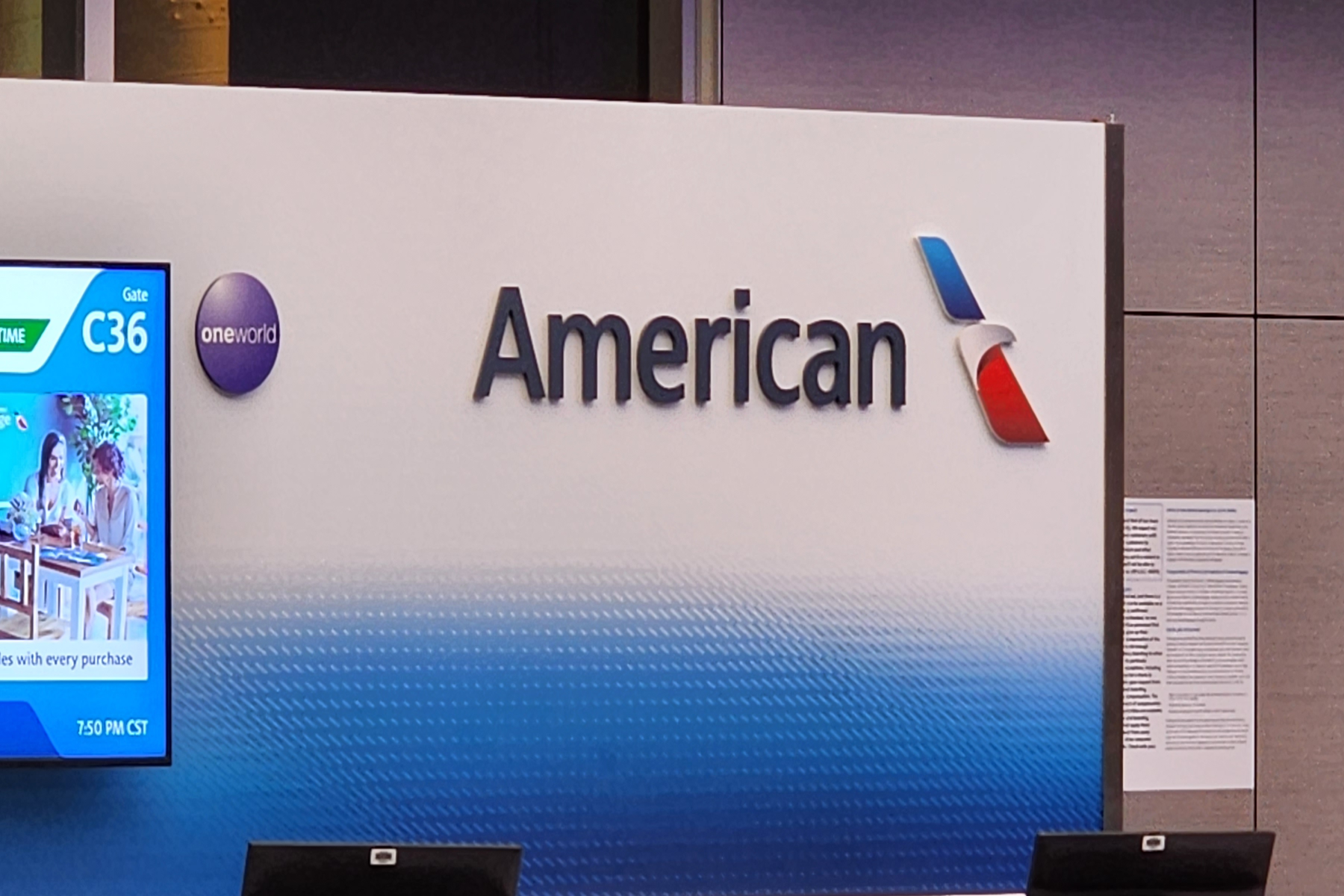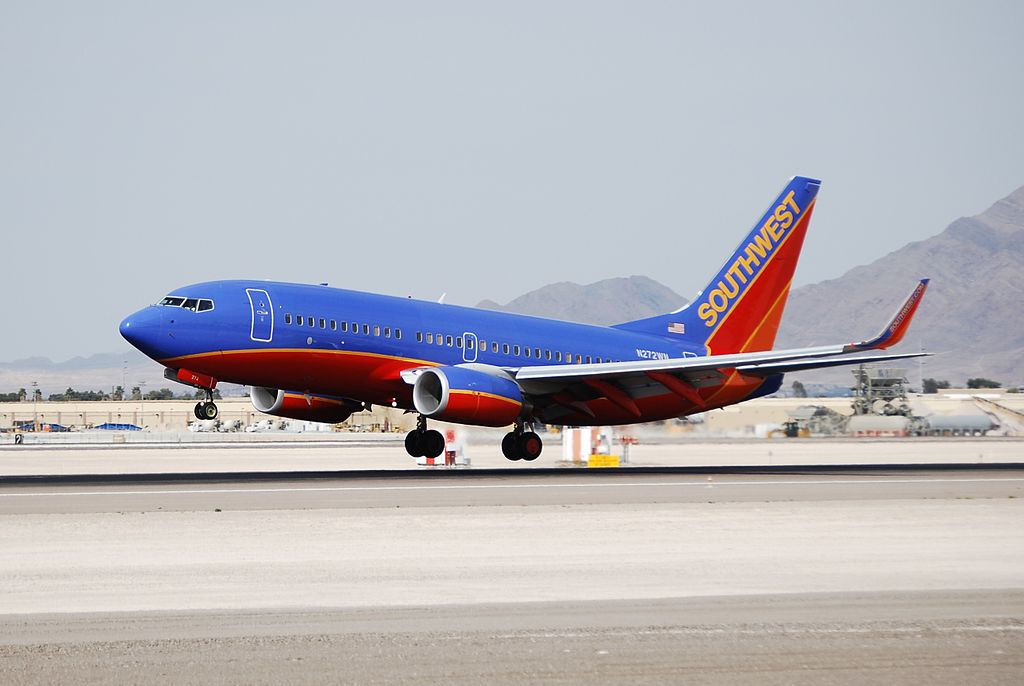How Airlines Decontaminate Planes After Coronavirus Flights

Qantas recently made news by offering a glimpse of how the Australian flag carrier plans to deep clean aircraft in the event that passengers exposed to the novel coronavirus have been confirmed to be on board. Details of the deep cleaning and decontamination protocols were released in an effort to reassure the flying public, but the newly revealed procedures raise a few troubling questions as well.
Extraordinary Measures
Qantas’ protocols for making certain aircraft used to evacuate Australian citizens potentially exposed to the novel coronavirus are not only thorough but are remarkably aggressive as well. According to a report by the Daily Mail, the deep cleaning of a Qantas Boeing 747 used to evacuate Australians from Wuhan, China (which is widely believed to be ground zero for the current deadly outbreak) includes destroying nearly everything left on board that is not a physical part of the aircraft. Blankets, trash, and even inflight magazines were destroyed in accordance with established quarantine procedures.
Additionally, Qantas officials say the cabin of the aircraft was twice treated with a hospital-grade disinfectant proven to kill the coronavirus. Surgical-grade HEPA air filters were used during evacuation flights to replace the cabin air every five minutes. These filters were likewise destroyed and replaced following the flight.
Coronavirus Clean
Despite the fact that none of the passengers on evacuation flights this week have so far have shown any signs of having contracted the coronavirus, the airline says that the deep cleaning procedures put in place far exceed the protocols developed in response to the SARS outbreak in early 2003. Those same aircraft decontamination protocols were put to the test again in 2014 at the height of fears that an Ebola epidemic in Africa was growing into a global pandemic.
Days after an Ebola-infected traveler arrived at Dallas/Fort Worth International Airport (DFW), United Airlines announced that it was pulling both aircraft the infected flyer had traveled on from service. Airline officials publicly revealed extraordinary decontamination procedures similar to those currently being employed by Qantas, but by then, the planes that had transported the infected passenger from Amsterdam Airport Schiphol (AMS) had already each been used for dozens of subsequent flights, making the efforts largely for the sake of appearance.
How are Planes Normally Disinfected?
Although the extraordinary decontamination efforts put on display recently offer confidence that aircraft returning to service after carrying infected passengers are very likely free of lingering germs, day-to-day aircraft cleaning procedures inspire much less confidence. In some cases, flight attendants are the only cleaning crew between flights. In those cases, the job is mostly about picking up visible litter in the cabin and certainly not disinfecting surfaces.
In 2008, after several embarrassing headlines about the less than healthy conditions in many of its aircraft cabins, British Airways announced that it would pull several aircraft from service for “professional deep cleaning.” While the move was welcomed by BA frequent flyers, the reasons for the decision don’t indicate an emphasis on aircraft sanitation when it comes to less high-profile situations.
What Can I Do?
The airline industry certainly appears willing to pull out all the stops when the public’s attention is focused on a headline-creating epidemic, but, for the most part, aircraft cabins are about as sanitary as any other form of public transportation from a city bus to a taxicab to the elevator in an office building. While a plane might be pulled from service if a passenger infected with Ebola, SARS or the novel coronavirus is found to have been on board, this sort of deep cleaning is unlikely if a passenger with the seasonal flu traveled from Indianapolis International Airport (IND) to Philadelphia International Airport (PHL) – even if the flu is arguably much more dangerous than those more exotic diseases. Should a contagious passenger eventually be identified, the aircraft may have flown dozens of subsequent flights in the meantime.
There is one surprising way passengers might limit their exposure to both potentially deadly viruses from China and from the common cold when traveling. A study published in the Proceedings of the National Academy of Sciences (PNAS) has found a simple way for travelers to limit exposure to potential pathogens. The 2018 report titled “Behaviors, movements, and transmission of droplet-mediated respiratory diseases during transcontinental airline flights,” concluded that something as simple as choosing a window seat and avoiding movement about the cabin can reduce a passenger’s chances of coming into contact with an infectious traveler and thereby reduce the risk of exposure to any number of infectious diseases.

























They won’t, but they will keep you from touching your nose and mouth with potentially contaminated fingers.
Masks won't prevent you breathing in a virus.
A mask should drop automatically upon entering the aircraft before you are seated. Like seatbelts, wearing mask is mandatory, except when eating or drininking and is limited to a brief period of 30 min. Before and after entering lavatories, a shower of sanitized disinfectant rich air blast is needed. Flight attendants will wear masks all the time. Upon leaving the aircraft, all masks will be incinerated. Female passengers and males with long hairs will also wear a FDA approved hair/head cover. Like waste bag, a plastic airtiget bag will be provided for sneezing. The sneeze bags also will be incinerated onboard. Passengers must use toilet seat covers, and are encouraged to bring their own toilet paper. Passengers must spray the floor area and the sink with disinfectant after use of the toilet. Passengers are expected to use straws and dispose offstraws in special biological waste containers, distributed throughout the cabin. Handshake between passengers is strictly prohibited. If you are a drooler, please inform the FA, don't drool on the next passenger.
"The 2018 report titled “Behaviors, movements, and transmission of droplet-mediated respiratory diseases during transcontinental airline flights,” concluded that something as simple as choosing a window seat and avoiding movement about the cabin can reduce a passenger’s chances of coming into contact with an infectious traveler and thereby reduce the risk of exposure to any number of infectious diseases." And opening the window will decrease those chances dramatically! There is the risk of side effects, though..
As usual, the headline was misleading. It appears from text that exposed aircraft was used with no cleaning at all for a number of flights.